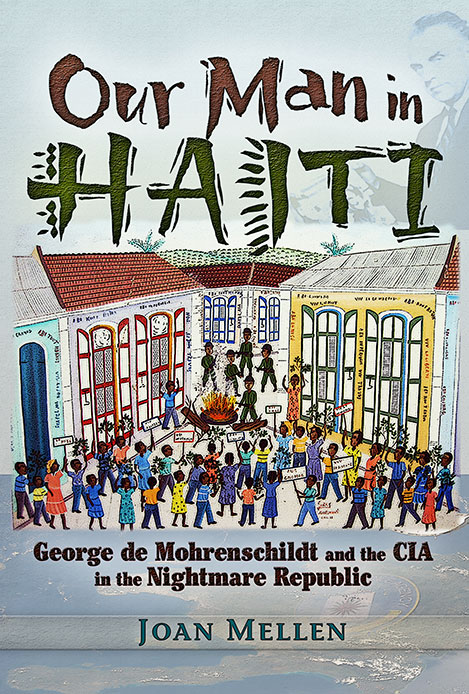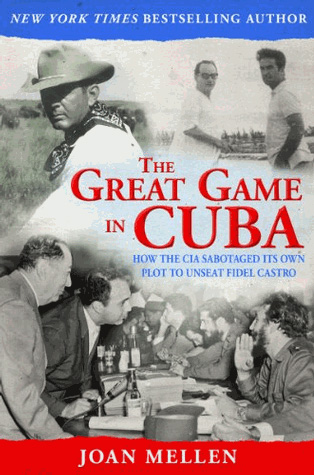Address at “Passing the Torch: An International Symposium On The 50th Anniversary of the Assassination of President John F. Kennedy, held at the Cyril H. Wecht Institute of Forensic Science and Law.
Presented October 18, 2013
By Joan Mellen
I began my work on the Kennedy assassination by studying the Garrison investigation. Since 2005 I have attempted to bring Jim Garrison’s findings up to date utilizing the CIA, FBI and other agency releases that came to the National Archives after the passage of the John F. Kennedy Records Collection Act in 1992. For this, the 50th anniversary of the Kennedy assassination, “A Farewell To Justice” was reissued with a 90 page update.
I put Perry Russo on the cover because he was a perfectly fine witness and he stood up well to the abuse of James Phelan and Walter Sheridan. I describe what happened in an early chapter of “A Farewell to Justice.”
I’ve also written three other books that flowed from my work on the Garrison case. They were all influenced by Jim Garrison’s suggestion that we examine the activities of CIA and its role in American political life. “Our Man In Haiti” focuses on Lee Harvey Oswald’s CIA handler in Texas, George de Mohrenschildt, a figure parallel to Clay Shaw in New Orleans.
Among the curiosities at the National Archives are two brimming Office of Security files of documents and clippings dating from 1967, the time of the Garrison investigation. These materials are all about Garrison’s prosecution of Clay Shaw. Yet the file jackets read not “Jim Garrison,” “Garrison case” or “Clay Shaw.” Rather, they’re marked “George de Mohrenschildt.” For CIA, these figures served similar functions.
The Great Game In Cuba examines CIA’s handling of the anti-Castro efforts. Following Jim Garrison’s hypothesis that CIA had something to do with the Kennedy assassination, it examines the politics of the Agency right before and after the JFK assassination. President Kennedy was furious to discover that CIA was making policy. I attempted to uncover the Agency’s political views, what policies they supported. The third book is set in Texas and is about Mac Wallace, who has been accused of being a hit man and murderer under the sway of Lyndon Johnson.
Every author who writes on the subject of the Kennedy assassination today draws on the profusion of documents in the archives, myself included. Although these writers rarely tip their hats to Jim Garrison in gratitude, they should. Were it not for Garrison there would have been no Oliver Stone movie, “JFK” since its focus is on the Garrison case.
Were it not for the outcry inspired by this film, there would be no JFK Act, and therefore no profusion of documents. JFK provoked a resurgence of interest in the Kennedy assassination, and more doubts about whether the Warren Report had any validity at all.
When a grand jury indicted Clay Shaw based significantly on the testimony of Garrison witness Perry Raymond Russo, it was, Garrison said, the first blow struck to the Warren Report. Garrison was the first person to make public the Zapruder film – at the Shaw trial. The prosecution showed the film several times. In response to objections from Clay Shaw’s lawyers, Judge Haggerty ruled that Garrison could show the Zapruder film as many times as he liked. So it was Garrison who first made the point, and in a court of law, that Lee Harvey Oswald, whatever he was, could not have been the “lone assassin” that the Warren Report depicted him as being.
Continue reading →




